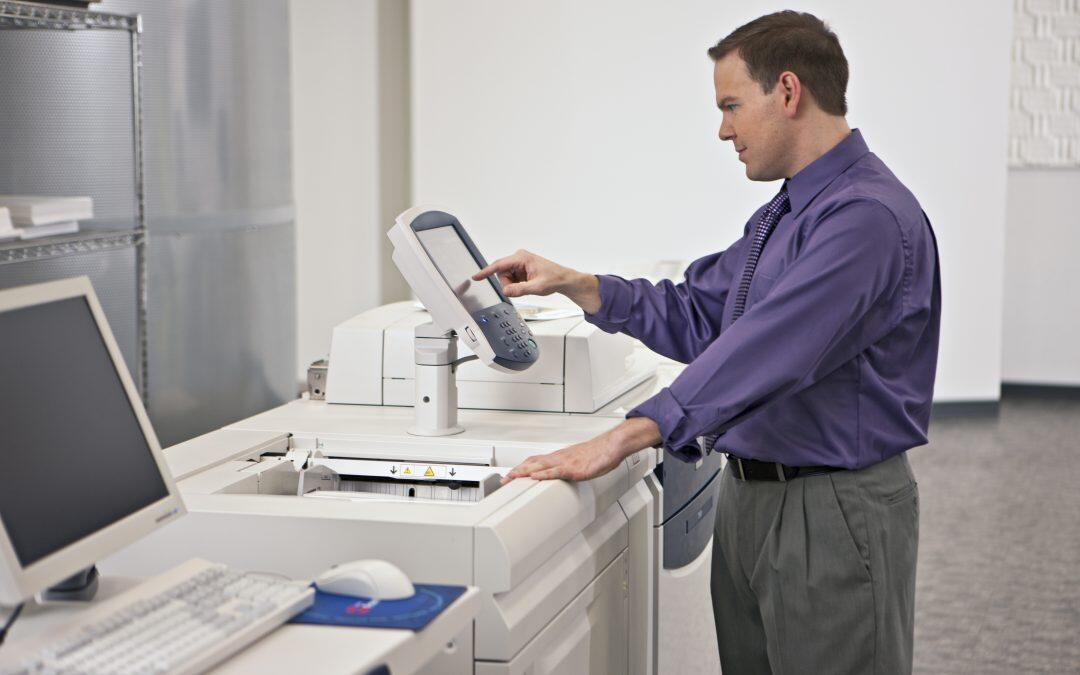Current printers are getting “smarter”: wireless, scanner and fax integrated, able to connect to email, print from the cloud and receive orders from a tablet or phone. What they can not do is precisely to undo their work. Instead they feed on a steady stream of new leaves blank. Although the production of paper pulp and other related products has slowed in the West, this industry is responsible for 420 million tons of direct and indirect emissions of carbon dioxide per year and its factories are voracious consumers of water and energy.
But what if the printer also have a button to undo, that would convert the printed sheets into usable again? This possibility does not seem far thanks to the work of Mexican innovator David Leal, mechatronic engineer from the Technological Institute of Monterrey (Mexico), who moved in 2007 to the UK to complete his training at the universities of Manchester and Cambridge. As part of his doctorate, Leal has built and perfected a machine called “desimpresora” that through a process of laser ablation light separates the toner without damaging the sheet of paper pulp. In 2013 he co-founded the company Reduse Ltd. to bring this invention to market.
The desimpresora is composed of a paper input system, a laser, an extraction system and air filtration and other quality control. When the sheet enters the tray, the quality system to check whether the scans can be undone, and otherwise, discards recycling. If it is suitable, the laser generates 30 watt energy with very short pulses which increase very fast the temperature toner. This causes one of its components – polyester resin – to evaporate and give a rise to a sort of steam explosion.
The process produces small amounts of CO2 and water vapor passing to the extraction system, while the particles are picked up by a commercial filter. Finally, the quality system determines whether the result was good and otherwise, discard the sheet.











